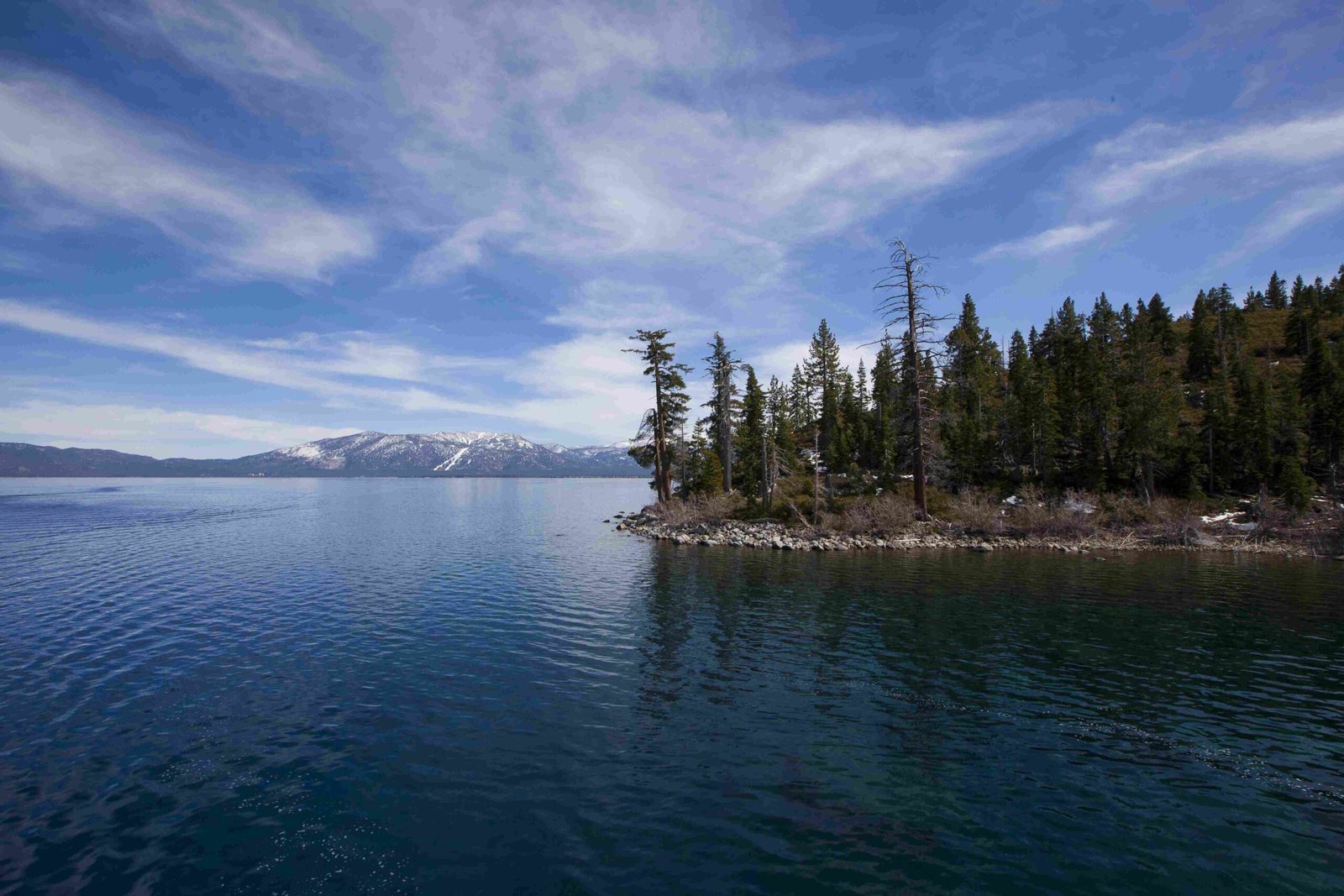The Lake Tahoe Half Ironman represents an extraordinary endurance challenge set against the breathtaking backdrop of alpine landscapes. Athletes will navigate a demanding 70.3-mile course featuring a pristine lake swim, challenging mountain bike route, and trail running experience. This event tests athletes’ physical and mental limits while offering an unparalleled racing experience in one of America’s most scenic mountain destinations.
What Makes Lake Tahoe Half Ironman Unique?

The Lake Tahoe Half Ironman stands out as a premier triathlon event characterized by its extraordinary natural terrain and challenging course design. Participants encounter a diverse and demanding race environment that requires comprehensive preparation and strategic approach.
What Are the Course Distances?
| Discipline | Distance | Key Characteristics |
|---|---|---|
| Swim | 1.2 miles | Rectangular lake course |
| Bike | 56 miles | Highway 89 route with elevation changes |
| Run | 13.1 miles | Trail and campground paths |
How Challenging Is the Terrain?
The Lake Tahoe Half Ironman terrain presents multiple challenges:
- Elevation Variations: HWY 89 bike course features significant elevation changes
- Trail Running: Mixed terrain including Rod Beaudry and General Creek Trails
- Water Temperature: Average 66-68 degrees Fahrenheit
- Altitude: Approximately 6,225 feet above sea level
What Should Athletes Expect During Training?
Successful preparation for the Lake Tahoe Half Ironman requires a comprehensive training strategy:
- Swim Preparation
- Practice open water techniques
- Build cold water tolerance
-
Develop efficient stroke mechanics
-
Bike Training
- Incorporate hill climb workouts
- Practice sustained power output
-
Develop climbing endurance
-
Run Strategy
- Trail running practice
- Altitude adaptation workouts
- Strength training for varied terrain
When and Where Does the Race Occur?
- Date: Typically held in late August
- Location: Lake Tahoe, California/Nevada border
- Venue: Areas surrounding Sugar Pine Point State Park
What Are Critical Race Day Considerations?
Critical race day factors include:
- Proper hydration strategy
- Altitude acclimatization
- Temperature variation management
- Nutrition planning
- Equipment selection for mountain conditions
How to Register for the Event?
Registration typically involves:
- Online application through official event website
- Proof of previous triathlon experience
- Medical clearance
- Payment of entry fees
- Compliance with age group requirements
What Equipment Is Recommended?
Essential equipment recommendations:
- Wetsuit (optional but recommended)
- Lightweight, ventilated cycling gear
- Trail running shoes
- Multi-sport watch
- Nutrition and hydration systems
What Are Potential Performance Challenges?
Performance challenges include:
- High altitude oxygen adaptation
- Temperature fluctuations
- Technical trail running sections
- Elevation gain during cycling
- Cold water swimming conditions
How Can Athletes Prepare Mentally?
Mental preparation strategies:
- Visualization techniques
- Course familiarization
- Stress management workshops
- Incremental challenge progression
- Working with sports psychologists
Final Recommendations

The Lake Tahoe Half Ironman demands comprehensive physical and mental preparation. Athletes should approach training holistically, focusing on technique, endurance, and adaptability.
Reference:
– Lake Tahoe Triathlon Official Website
– Big Blue Adventure Racing
– Triathlon Training Resources

